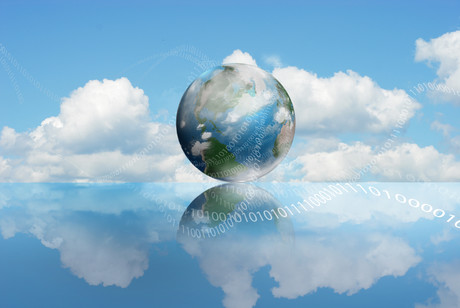Gathering momentum

Long lauded as the ‘next big thing’, the Internet of Things is finally gaining momentum.
The Internet of Things has actually been around for some time. According to folklore, the phrase was coined by Kevin Ashton while he was working for Procter and Gamble back in 1999. In a nutshell, the IoT enables sensors and devices to communicate with other sensors and devices via the internet, allowing connected environments to become ‘smart’. One of the key building blocks of IoT is the sensor itself, which can collect information, analyse it, report and respond accordingly. The result is smarter cities and intelligent interactions between the environment, humans and devices.
So if the phrase was first used back in 1999, why is it only gaining momentum now? One of the initial prohibitors to widespread adoption was cost-effectiveness, but devices and sensors now cost much less to produce. Another major other hurdle was the prevailing approach to R&D. Costs have come down thanks to the advances in mobile phone technology, which is continually pushing for smarter, faster, smaller. This continual striving for advancement has created a cultural shift in R&D practices and a concerted effort to improve time-to-market schedules in order to meet with demand.
Teamed with crowdfunding and an open-protocol community approach, technology is leaping ahead on a daily basis. It is much easier now to get technology to market and consumers, through the advent of mobile technology, are savvy enough to understand they now form part of the testing process. Combine that with cheap and fast production in countries like China and India, and time-to-market is significantly expedited compared to 10 years ago — and cheaper as well.
The applications for IoT are limitless and obvious examples abound: from managing lighting, heating, cooling and security to smart fridges compiling shopping lists. But IoT has much smarter application potential.
Daniel Burrus, considered one of the world’s leading technology forecasters and innovation experts, spoke about the use of sensors in an article on tech website Wired back in 2014. He used a 2007 bridge collapse in Minnesota, which killed many people, as an example of the techology’s potential. The collapse was attributed to the use of inadequate steel plates in the bridge’s construction, which were not able to handle the loads being experienced.
Burrus suggests that when we rebuild bridges, we will use smart cement — material equipped with sensors to monitor stresses, cracks and warpages. Through the use of this intelligence, cement will issue an alert to fix problems before they become catastrophic. Environmental conditions will also be analysed. For example, if there is ice on the bridge the same sensors in the concrete will detect it and communicate the information to affected vehicles via wireless internet. Once the car knows there is a hazard ahead, it will instruct the driver to slow down. If the driver doesn’t, then the car will slow down for them. All of a sudden, the possibilities for IoT applications seem endless.
Closer to home IoT is progressing, and it is changing the way we approach some of our designs. The big challenge for us at mySmartCTI, and in general, is how to make sense of all the data that we are now able to collect via IoT.
Coping with big data is something most businesses are still trying to come to terms with. How do we use it, who needs to know in a timely manner, and what are the important facets to allow change to happen in an acceptable time frame?
Looking at a typical office environment — say, a meeting room — we can easily monitor the presence and absence of people. With IoT and the resulting collection of data, a host of different (yet related) functions can be carried out, depending on the room’s occupancy. Lighting levels can be adjusted, temperature control finessed and AV placed on stand-by — not only based on people being present, but also on the number of people. The real bonus is in determining if the room is being optimised and, if not, how we can best make use of that space. IoT makes these decisions possible.
IoT has certainly earned the ‘next big thing’ title and will most certainly change the way we do things — making environments smarter, more comfortable and even safer. Through IoT, communication between devices has become more fluid and less clunky. As a result, we are able to collect data that empowers us — and the intelligent devices we rely on — to make educated decisions that deliver smart environments and individualised experiences.
How smart HVAC is creating sustainable buildings
By integrating advanced technology and data-driven strategies, building operators can greatly...
Smelly research could influence HVAC industry
In a dedicated lab space that mimics a tiny house, scientists are investigating the impact of...
Lifestyle community gains a new level of connectivity
GemLife, a developer of over-50s lifestyle communities, was facing challenges with its fixed...




